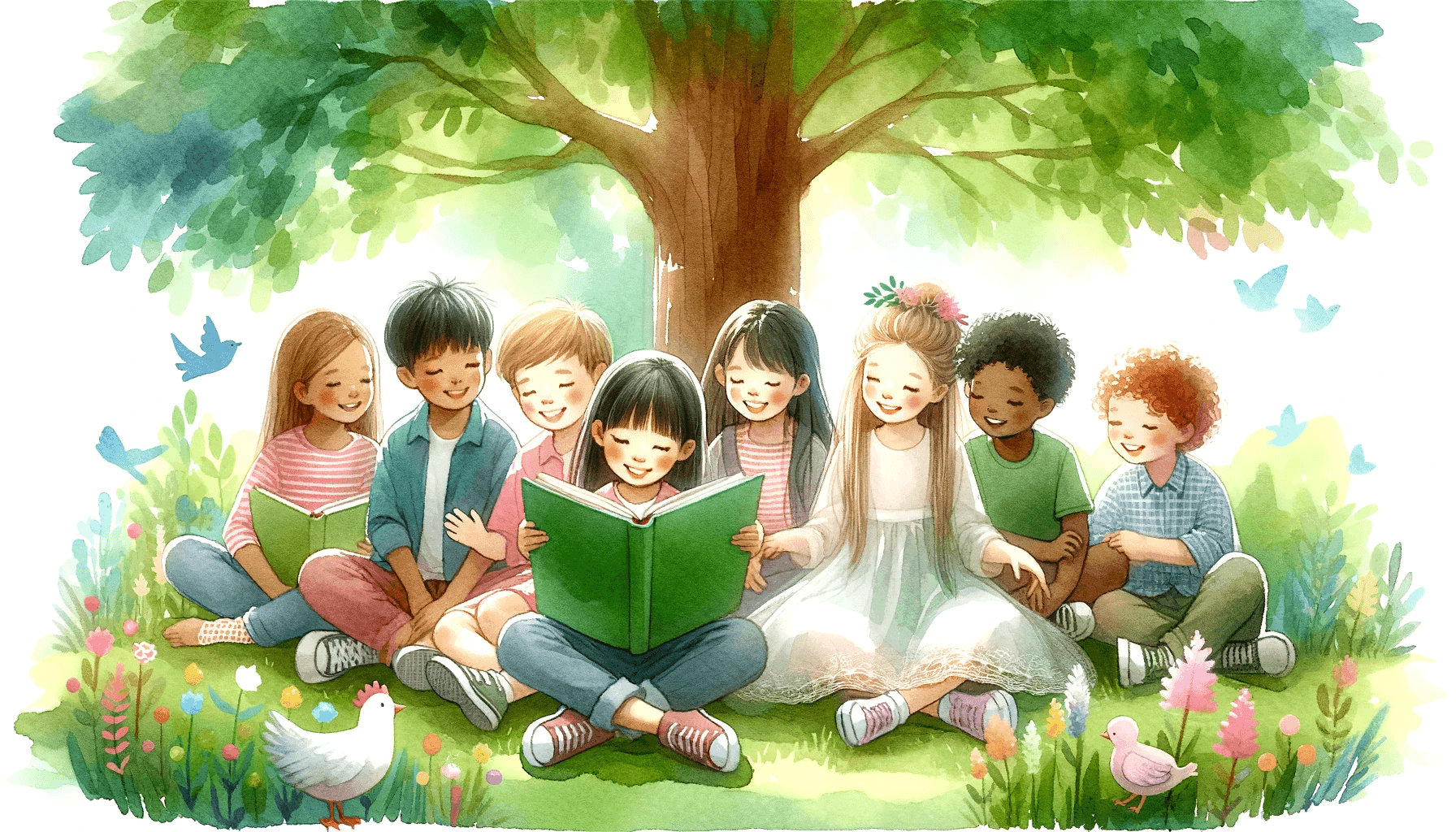Are you struggling to reach your target audience with your writing? Writing for a specific group of people requires careful consideration of several factors, including understanding your audience, choosing your words carefully, developing your characters, using appropriate tone and style, researching your target audience, and being sensitive to cultural differences. In this article, we’ll explore some tips and techniques for how to write for your target audience and connect with your readers.
Understanding Your Target Audience
Understanding your target audience is the first and most crucial step in writing for a specific group of people. To create a book that resonates with your target readers, you need to know who they are, what they like, what they don’t like, and what they’re looking for in a book.
Choosing Your Words Carefully
Choosing the right words is essential when writing for a target audience. You need to use language and vocabulary that your audience understands and enjoys.
Developing Your Characters
Developing your characters is another critical aspect of writing for a target audience. Your characters should be relatable, interesting, and engaging to your audience.
Using Appropriate Tone and Style
Using an appropriate tone and style is also important when writing for a target audience. The tone and style of your book should match your audience’s emotional and psychological needs.
Researching Your Target Audience
Researching your target audience is another important step in writing for a specific group of people. You need to know what your audience likes, what they don’t like, and what they’re looking for in a book.
Writing for Children
Writing for children requires extra attention to detail. Children have different reading levels, interests, and preferences than adults, and you need to tailor your book to their needs.
Being Sensitive to Cultural Differences
Being sensitive to cultural differences is essential when writing for a target audience. You need to be aware of different cultural norms and values and be respectful of them.
Writing for a target audience requires careful consideration of several factors, including understanding your audience, choosing your words carefully, developing your characters, using appropriate tone and style, researching your target audience, and being sensitive to cultural differences. By keeping these factors in mind, you can create books that are engaging and appealing to your target readers and ultimately more successful.
Ready to Write for Your Target Audience?
At Made Live, we understand the importance of writing for a specific group of people. That’s why we’ve created software that makes it easier than ever to write, illustrate, and publish children’s books that connect with your target audience.
If you’re ready to take your writing to the next level, sign up for a free trial of our software today and see how we can help you save time, money, and maximize your distribution options. Start writing for your target audience today!




